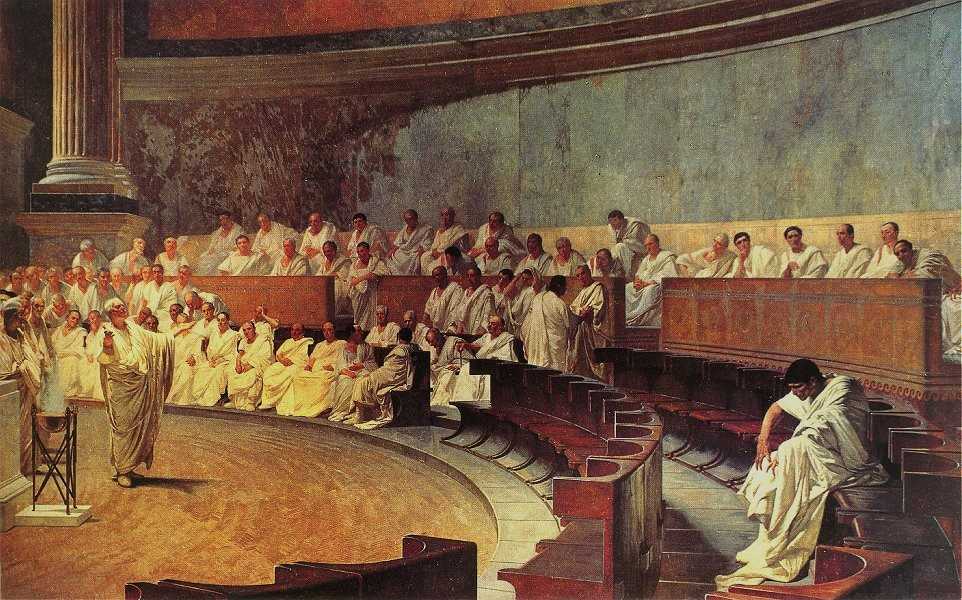The Civil Litigation Paralegal, Unauthorized Practice of Law, Fairness in Litigation, Technology, and Jurisdiction/Venue Defined
The role of a civil litigation paralegal may vary depending on the size of the law firm, as well as the individual cases assigned. Peggy Kerley, Joanne Banker Hames & Paul Sukys, Civil Litigation 1-8a (8th ed. 2020). For example, more than one paralegal may be assigned to a case, each with their own responsibilities such as legal research, organizing, and indexing documentary evidence. Id. Other responsibilities include organizing client files, communicating with the client, gathering evidence, drafting pleadings, preparing orders for motions, drafting briefs, and several others. Id. at 1-8b. While there are many responsibilities associated with the litigation paralegal, there are several key skills necessary to perform those responsibilities successfully. Some of these skills include communication skills, organizational skills, and research skills. Id. at 1-9.
While paralegals do play an integral role in the litigation team, there are still limitations regarding what they are authorized to do. Paralegals are not attorneys, therefore they are not permitted to practice law. Id. at 1-8c. Unless qualified for very limited and specific circumstances, paralegals are typically not permitted to appear in court, ask questions at a deposition, or give legal advice to a client. Id.
Honesty and fairness in litigation are principles that are held in high regard. Without these principles, fraudulent practices, the abuse of the legal system, and the infringement upon the U.S. Constitution is inevitable. Id. at 1-5c. For example, critics have pointed towards tort litigation and the unreasonable punitive damages that have been awarded, which has led federal legislatures to consider legislation to control this area. Id. Other areas of litigation that have been criticized and limited revolve around medical malpractice and class action lawsuits. Id. For example, in 2005 congress passed a law that set boundaries and expectations within class action lawsuits. Among these provisions include a limit on attorney's fees and broader access to federal courts. Class Action Fairness Act of 2005, Pub. L. No. 109-2, 119 Stat. 4.
Over the past three decades, the use of technology within law firms, as well as courts, has grown exponentially. It is important for a paralegal to be savvy with the various hardware and software that is typically used in this field. Within the law firm, there are a number of applications that assist with the creation, storage, and transfer of documents such as Microsoft Word, Adobe Acrobat, and cloud computing software. Kerley, Hames & Paul Sukys, Supra, at 1-7a. Smartphones and tablets have also become a popular means of communication throughout the workplace through the use of email and social media applications. Id. The courts have their own methods of filing documents electronically. Id. at 1-7b. Federal courts use a comprehensive system, known as Case Management and Electronic Case Files (CM/ECF). Id. If there are any pretrial conferences or motions needed to be performed, the use of video/teleconferencing technology is commonly used, as well. Id.
Jurisdiction can be defined as the power or authority of a court to hear a particular case. Id. at 2-5. A simple way to determine which court holds jurisdiction over a case is to figure out whether a lawsuit arises under state or federal law. Id. However, when a case is not as obvious, especially with cases that involve parties who are not residents of the same state or a business that operates in multiple states, jurisdiction is harder to pinpoint. There are two factors that need to be analyzed: (1) The type of case, and (2) the residence of the defendant (or in some cases where the defendant has property). Id.
A venue can be defined as the specific geographical location of the court or courts where an action should be brought. Id. at 2-9. In the federal system, this determines which is the proper district, whilst in state court systems, this often determines the proper county or counties. Id.

Comments
Post a Comment